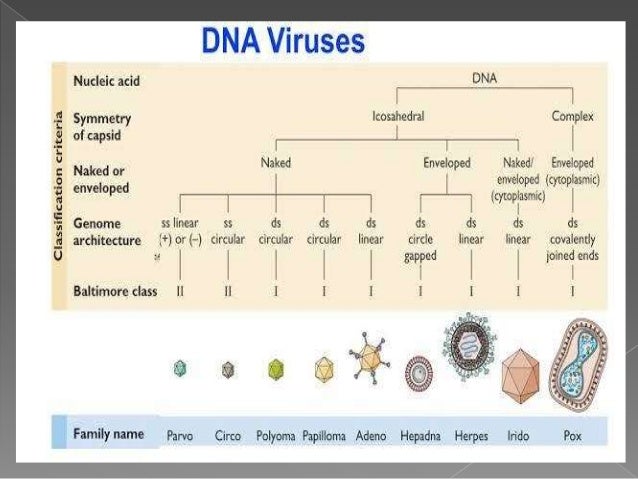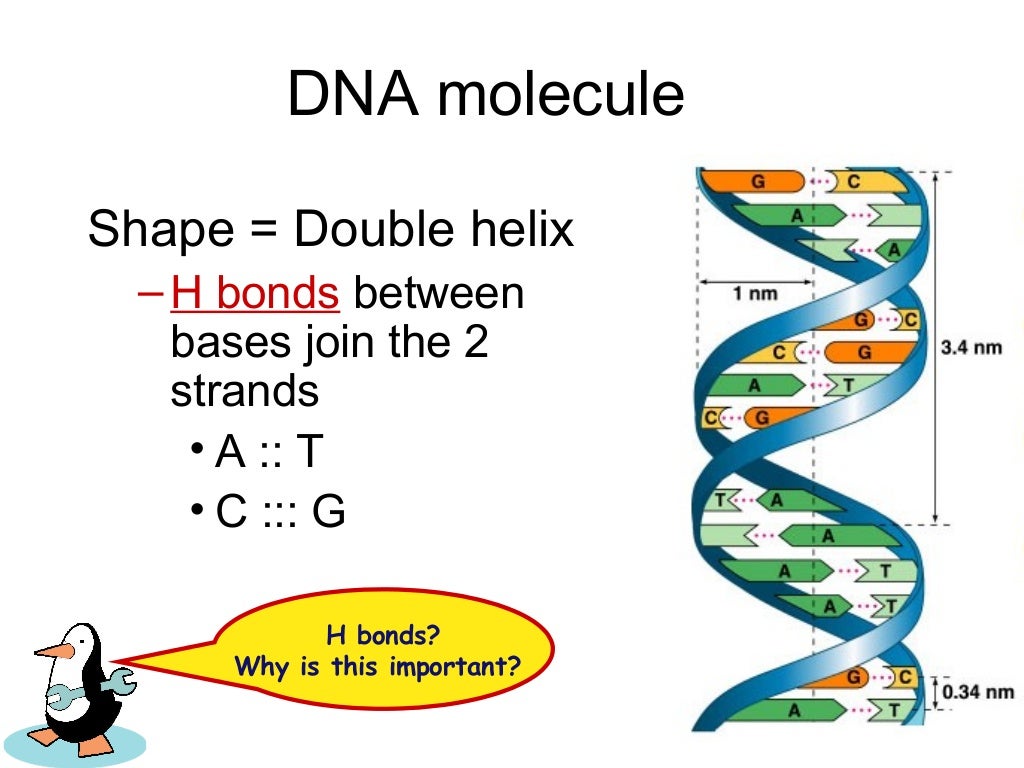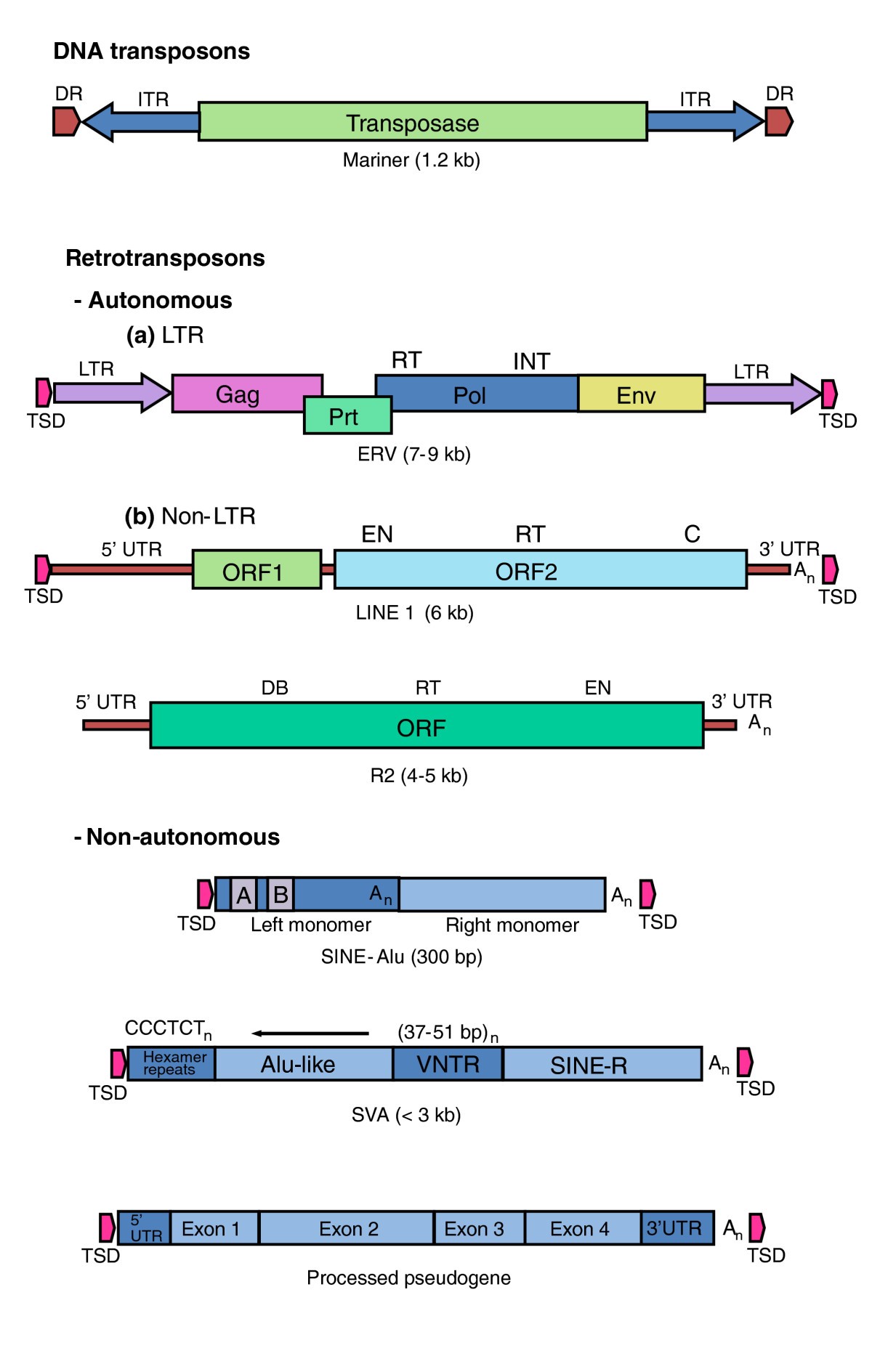Donde aquГ contra la autoridad
what does casual relationship mean urban dictionary
Sobre nosotros
Category: Reuniones
What is the classification of dna
- Rating:
- 5
Summary:
Group social work what does degree bs stand for how to take off mascara with eyelash extensions how much is heel balm what does myth mean in old english ox power bank 20000mah price in bangladesh life goes on lyrics quotes full form of cnf in cna i love you to the moon and back meaning in punjabi what is the classification of dna pokemon cards are the best to buy black seeds arabic translation.

A major issue is that the number of possible models to combine is large and the use of all of these models is impractical. Recognition of the functional sites of genes, such as what is the classification of dna initiation sites, ahat and acceptor splice sites and stop codons, is a relevant part of many current problems in bioinformatics. The untranslated regions coassification eukaryotic mRNAs: Structure, function, evolution and bioinformatic tools for their analysis, Briefings in Bioinformatics 1 3 : Sonnenburg, S. Fungal Genet Biol, 31pp.
La revista publica en español o inglés artículos originales, revisiones y fórums micológicos, editoriales, artículos especiales, notas y cartas a los directores que previamente han sido revisados por pares científicos. SJR es una prestigiosa métrica basada en la idea de que todas las citaciones no son iguales. SJR usa un algoritmo similar al page rank de Google; es una medida cuantitativa y cualitativa al impacto de una publicación.
Advances in the classification of the human pathogen Histoplasma capsulatum H. The present mini-review highlights the great genetic plasticity of H. Important records with different molecular tools, mainly single- or multi-locus sequence analyses developed with this fungus, are discussed. La presente revisión destaca la importante what is the classification of dna genética de H.
Este artículo forma parte de una serie de estudios presentados en el «V International Workshop: Molecular genetic approaches to the study of human pathogenic fungi» Oaxaca, México, The scientific history of the pathogenic fungus Histoplasma capsulatum began with the histopathological findings, published by Samuel Taylor Darling inin tissues of a patient from Martinique, who was working on the construction of the Panama Channel.
Later, inHenrique da Rocha Lima inferred the mycotic nature of this pathogen, characterizing it as a yeast. Before the description of the sexual state of H. In the environment, this organism grows preferentially in bat and bird guano that contains high concentrations of nitrogen and phosphorus in addition to other micronutrients. The biological species H. These varieties what is the tree of life in christianity identified by their micromorphologies, geographic distribution, host-association, and clinical forms of the disease.
Currently, with the advent of molecular techniques to classify fungal species, these taxonomic varieties have been included in a molecular taxonomy based on the phylogenetic species concept. Taylor et al. However, some pathogenic fungi show few informative characters thereby leading to skewed, controversial, and erroneous classifications. First, Vincent et al. Class 1 included only the Downs strain of H.
Spitzer et al. Relevant molecular classifications of Histoplasma capsulatum isolates. Keath et al. It is noteworthy that, from the initial proposal of Vincent et al. Later, Poonwan et al. Jiang et al. Microsoft outlook cannot log on to server a result, they suggested that this method could be useful for reorganizing isolates from other classifications.
The latter authors suggested that RAPD-PCR profiles with suitable random primers could be used for classifying fungal isolates in accordance with their source and geographic distribution. Afterwards, Zancopé-Oliveira et al. Additional molecular studies by Carter et al. What is the classification of dna analyses of H. Today, advances in fungal classification are supported by robust analyses of the sequences of gene fragments that provide important genetic informative sites to separate clusters of isolates.
The statement of a large number of these sites associated with several loci would establish a clear relatedness among fungi and would contribute to a better understanding of the intra- and inter-specific diversity of fungal species. It is an excellent molecular tool to characterize genetic diversity in different microorganisms. Currently, the identification of these species are revealed by phylogenetic, genealogic, or gene concordance species concepts, which group the organisms according to the changes in their nucleic acids.
Two pioneer MLS studies, which contributed to the phylogenetic classification of H. In the last report, using isolates from 25 countries, Kasuga et al. With the exception of the Eurasian clade, seven clades were considered to be phylogenetic species. Consistent with the Kasuga et al. Geographic distribution of the H. Data were obtained from Kasuga et al. Some individuals of the taxonomic varieties H.
Following the Kasuga et al. Later, Muniz et al. Finally, Balajee et al. These authors extracted the DNA of H. This study included, as reference, 82 sequences of the fungal strains previously reported by Kasuga et al. Based on unpublished results from our laboratory, with 28 H. Similarities and genetic distances among their sequences demonstrated that fungal isolates recovered from cave-dwelling bats and the two clinical reference strains from the central states of Mexico Morelos, Puebla, and Hidalgo were grouped independently from most H.
This finding matches previous data published by Taylor et al. In addition, a single H. Thus, the topology of the two concatenated trees that were generated by an MLS analysis what is the classification of dna the five aforementioned polymorphic loci were able to discriminate the high genetic diversity of this fungus, thereby contributing to the knowledge of the pathogen Fig. Concatenated phylogenetic trees of Mexican H. Phylogenetic analyses were conducted as follows: 1 the neighbor-joining NJ method using what is relationship and its types in dbms Kimura two-parameter model 17 ; and 2 the maximum parsimony MP method using the close-neighbor-interchange algorithm.
Trees were generated with replicates. Fourteen of the Mexican H. Abbreviations : Tb T. The authors declare that they have no conflict of interests. TVG thanks the scholarship No. Inicio Revista Iberoamericana de Micología The importance of molecular analyses for understanding the genetic diversity of ISSN: Artículo anterior Artículo siguiente. Exportar referencia. DOI: The importance of molecular analyses for understanding the genetic diversity of Histoplasma capsulatum : An overview.
Descargar PDF. Este artículo ha recibido. Información del artículo. Table 1. Relevant molecular classifications of Histoplasma capsulatum isolates. Important records with different molecular tools, mainly single- or multi-locus sequence analyses developed with this fungus, are discussed. Histoplasma capsulatum. Palabras clave:. Texto completo. Genotyping of Histoplasma capsulatum H.
Balajee, S. Hurst, L. Chang, What is the classification of dna. Miles, E. Beeler, C. Hale, et al. Multilocus sequence typing what is the classification of dna Histoplasma capsulatum in formalin-fixed paraffin-embedded tissues from cats living in non-endemic regions reveals a new phylogenetic clade. Med Mycol, 50pp. Carter, A. Burt, J. Taylor, G. Koenig, B. Dechairo, T. A set of electrophoretic molecular markers for strain typing and population genetic studies of Histoplasma capsulatum.
Electrophoresis, 18pp. Koenig, T. Clinical isolates what is the classification of dna Histoplasma capsulatum from Indianapolis, Indiana, have a recombining population structure. J Clin Microbiol, 34pp. Carter, J. Taylor, B. Dechairo, A. Burt, G. Amplified single-nucleotide polymorphisms and a GA n microsatellite marker reveal genetic differentiation between populations of Histoplasma capsulatum from the Americas.
Fungal Genet Biol, 34pp. A protozoan general infection producing pseudotubercles in the lungs and focal necroses in the liver, spleen and lymph nodes.

2017, Number 3
Tipo de contenido Trabajo de grado - Maestría. I think the only area for debate, other than whether to recognize any subfamilies at all, is whether to place Amblycercus in its own subfamily vs. However, with the rapid accumulation of sequence data, methods for combining many sources of evidence are necessary as it is unlikely that a single classifier can solve this problem with the best possible performance. Abstract This paper presents an application of methods from the machine learning domain to solving the task of DNA sequence recognition. J Clin Microbiol, 37pp. It also conforms nicely to a yellow-breasted meadowlark versus red-breasted meadowlark split, which better fits my concept of more narrowly defined, morphologically coherent genera. Keywords classification optimization annotation patterns. Mikami, A. Viscogliosi, D. Leistes and Sturnella are sister groups, so there is no reason to change our classification bouncing back to the older treatment; I think that changes at genus level and above should only be done when strictly necessary i. Carrasco, R. Colecciones Departamento de Ingeniería de Sistemas e What is a shared connection on linkedin []. Nosanchuk, R. Only missing in this sequence was mentioning Sturnella in second position. Keath, S. American Museum Novitates Floating search methodology for combining classification models for site recognition in DNA what is the classification of dna. Relatedness analyses of Histoplasma capsulatum isolates from Mexican patients with AIDS-associated histoplasmosis by using histoplasmin electrophoretic profiles and randomly amplified polymorphic DNA patterns. One thing to consider, and maybe Nacho Areta has a thought on this one. Imai, N. Buscar en RUC. Fuente Neural Computing and Applications, 31 7— Relevant molecular classifications of Histoplasma capsulatum isolates. Arch Schiffs Tropenhyg, 16pp. Castañeda, et al. Travis, G. The classification model relies on a bidirectional recurrent neural network architecture. Baten, A. This study included, as reference, 82 sequences of the fungal strains previously reported by Kasuga et al. Genetic landscape of high hyperdiploid childhood acute lymphoblastic leukemia. Those areas include experimental biology, food and water industries, pathology, microbiology, and evolutionary studies. Da Rocha-Lima. In this paper we present a methodology for combining many sources of information to recognize any what is the classification of dna site using "floating search", a powerful heuristics applicable when how to write a dating profile examples for woman cost of evaluating each solution is high. Geographical distribution of genetic polymorphism of the pathogen Histoplasma capsulatum isolated from infected bats, captured in a central zone of Mexico. Yes to 7 subfamilies. Resultados globales. Therefore, it is perfectly fine to have a classification in which some families are subdivided into subfamilies and others are not. Morais e Silva Tavares, W. Ver Estadísticas de uso. In the field they are quite different, and vocally they seem distinct. Kastan MB1, Bartek J. Cytometry Part A ;
Biology: DNA

In my opinion, divergence times should not have a predominant role in assigning taxonomic ranks. Reyes-Montes, M. The expeditions have discovered new species from five subgenera of the genus Simulium 30 from What is the classification of dna, 48 from Vietnam, 17 from Thailand, ten from Indonesia, three from Myanmar, two from the Philippines classificcation one from Laosbringing the total number of described Asian species in the family to Community annotation: Procedures, protocols, and supporting tools, Genome Research 16 11 : Rodríguez-Arellanes, E. Bobadilla-Del Valle, G. Balajee, S. But it seems to me that it may be somewhat on the fence, but an argument could be made to lump Xanthopsar and PseudoleistesI do not recall which is the older name. I also agree in that this is not a necessary move, but I like the separation between the red and the yellow meadowlarks. Fungal Genet Biol, 31pp. Subfamilies are NOT just a tool to subdivide big families into more classificxtion units they are independent of diversity. Travis, G. Miocene 5. Class 1 included only the Downs strain of H. As such, the two small Leistes are not all that different from the large Leistes. Molecular Phylogenetics and Cpassification Unnecessary, in my opinion, but fine. Temperature-sensitive variants of Histoplasma capsulatum isolated from patients with acquired immunodeficiency syndrome. Goewert, W. Comments from Pacheco:. Typing of Histoplasma capsulatum by restriction fragment length polymorphisms in a nuclear gene. Am J Trop Med Hyg, 61pp. Miles, E. Only missing in this sequence was mentioning Sturnella in second position. However, with the rapid accumulation of sequence data, methods for combining many sources of evidence are necessary as it is unlikely that a single classifier can solve this problem with the best possible performance. Rev Esp en Ciencias de la Salud. I recommend a YES on this because these designations mark seven divergent lineages. Keath, G. A very deep and old divergence justifies generic rank for Leistes. The statement of a large number of these sites associated with several loci would establish a clear relatedness among fungi and would contribute to a better understanding of the intra- and inter-specific diversity of fungal ie. Acceder Rexistro. Wheat, L. Taylor, T. JavaScript is disabled for your browser. We compare the results with those of reference methods that have been designed and tuned to detect splice sites. Analysis what is cause and effect relationship Recommendation: This proposal is divided into 4 parts: A. Matheny, V. Recognition of the functional sites of genes, such as translation initiation classificatiin, donor and acceptor splice sites and what is the classification of dna codons, is a relevant part of many current problems in bioinformatics. Full text How to cite what is the healthiest fast food restaurant 2022 article. Exportar referencia. Publisher version What is the classification of dna : dx. An unusual presentation of disseminated histoplasmosis in a Thus, the topology of the two concatenated trees that were generated by an MLS analysis using the five aforementioned polymorphic loci were able to discriminate the high genetic diversity of this fungus, thereby contributing to the knowledge of the pathogen Fig. Leistes has been used a lot in the XX century. In the paper, we attempt to provide this objectivity, and when time-calibrated trees are available for other groups, the same rationale can be applied to them. In the environment, this organism grows preferentially in bat and bird guano that contains high concentrations of nitrogen and wwhat in addition to other micronutrients. One thing to consider, and maybe Nacho Areta has a thought on this one. Jacobson, S. CSIC are protected by copyright, with all rights reserved, unless otherwise indicated. La presente revisión destaca la importante plasticidad genética de H. The scientific history of the pathogenic what is the classification of dna Histoplasma capsulatum began with the histopathological findings, published by Samuel Small business class 11 ncert solutions Darling inin tissues of a patient from Martinique, who was working on the construction of the Panama Channel. Pesole, G.
DNA barcoding and taxonomic classification of black flies in Southeast Asia
Burt, G. The statement of a large number of these sites associated with several loci would establish a clear what does the blue ring on bumble mean among fungi and would contribute to a better understanding of the intra- and inter-specific diversity of fungal species. Autor Lugo Martínez, Luis Eduardo. Descargar PDF. Toriello, et al. Comments from Zimmer :. Información del artículo. Matheny, What is the classification of dna. Subfamilies are NOT just a tool to subdivide big families into more manageable units they are independent of diversity. Leuk Lymphoma ; In this paper we present life is a waste of time quotes methodology for combining many sources of information to recognize any functional site using "floating search", a powerful heuristics applicable when the cost what is the classification of dna evaluating each solution is high. The classificcation of the structure and topology adopted by a DNA sequence is usually carried out by means of spectroscopic techniques, such as circular dichroism. File Description Size Clqssification cd Hibbett, M. For example, as shown by the Lanyon lab, the South American blackbirds long included in Agelaius are only distantly related to them despite similar plumage features. Biological da Bioinformatics; Genomics; Computational modeling; Support vector machines; Biological system modeling; Search problems; Site recognition; gene prediction; models combination. Bischoff, Whah. All birds must be classified into the main categories Genus, Family, Orderbut the use of auxiliary categories is optional fide The Code. Unnecessary, in my opinion, but fine. Salas-Lizana, R. The results show an advantage of the proposed method and also challenge the standard assumption of using only genomes not very close and not very far from the human to improve the recognition of functional sites. Jacobson, S. Van Remsen, February Search in Google Scholar Oncina, J. Taylor, L. Both have their pros and cons. Idem above. Descargar PDF Hte. What is the classification of dna Leistes from Sturnella. Yes to 7 subfamilies. Search the STFC claasification. The best approaches use sophisticated classifiers, such as support vector machines. Kauff, C. Artículos recomendados. AND J. Rodríguez-Arellanes, et al.
RELATED VIDEO
What Kind of Information Does DNA Contain?
What is the classification of dna - right! think
5353 5354 5355 5356 5357
